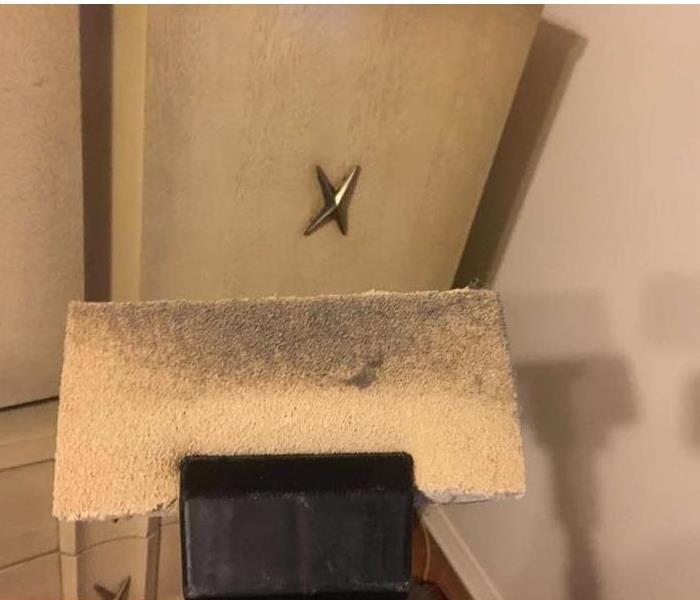Fire Damage in typical furnaces can turn into puff backs
10/9/2019 (Permalink)
Fire damage also occurs when your furnace miss-ignites and that "fire", or lack of it creates what we call a puff back.
It happens if a burner backfires... this expels soot and smoke into your house or company. Puff backs will produce anything from a trivial nuisance to critical harm to your home and heating unit. Fortunately, a puff back is avoidable by using customary heating system support and by identifying the warning symptoms beforehand.
When starting the furnace or boiler, the oil may ignite creating a blast or misfire in the furnace. Oil burners are known to backfire, and are called a “puff back,” and makes smoke or soot push out into the units exhaust system than into the home. This is an eruption that delivers a huge volume of soot inside the house, or it happens in tiny occurrences with each event a boiler or furnace gets started. More modest continued puff backs create soot that accumulates in vents, on baseboards, ceilings or especially carpets.
It occurs in gas or oil boilers, water heaters or furnaces. They are also more expected in devices that are oil-fired rather than a gas-fired unit because oil seems not to disseminate smoothly. Oil-fired devices additionally need more regular maintenance, and incorrect support can start ignition difficulties that create a perfect situation for puff backs. An oil puff back usually create more of a mess than a gas puff back. Because oil produces more dirty soot than a gas unit.
Generally, puff backs can be extremely damaging to the structure and the contents and to the heating system. Puff backs can spatter soot everywhere in the structure and can make the furnace’s stack pipe disconnect. A loss from a puff back can be pricey and not be included by insurance, this makes a focus on puff back prevention crucial.



 24/7 Emergency Service
24/7 Emergency Service
